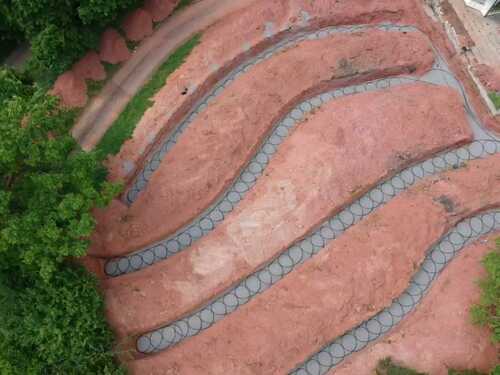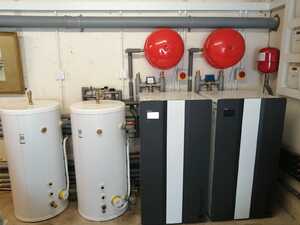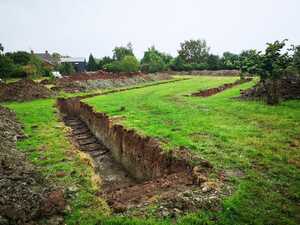How to maintain a Ground Source Heat Pump

There are a multitude of benefits associated with the installation of a ground source heat pump at your property; from the long term economic gains, to the reduced environmental impact. Another, perhaps less obvious advantage is their relatively low maintenance.
Indeed, a good quality, expertly fitted GSHP can last up to 30 years, with the only real requirement being an annual check up by a qualified technician to ensure your system is functioning as efficiently as possible.
That being said, as with all heating systems, it’s a good idea for customers to carry out their own basic maintenance checks on their GSHP, in accordance with the manufacturer’s guidelines. This is more important when the cold weather starts to set in, the last thing your property needs during winter is an underperforming heating system.
What basic checks can I make?
Your first port of call might be to check the pressure of your system. We would advise that levels are kept to around 1 - 1.5 bar on the array, and around 2 bar on the heating system. It’s also a good idea to ensure that the gas pressure charge in your expansion vessel is at an appropriate level.
Check that all the room thermostats, programmers, pump valves and actuators on your heating system are functioning properly. Many GSHPs come installed with filters, take the time to routinely inspect these elements; making sure they are cleaned and working as intended. (Check with your installer before attempting this)
We would highly recommend making regular checks on your pond mats and cleaning them when necessary. Over time, it’s likely that all manner of soil, sediment and leaves will accumulate under and around your pond mat collectors. This will almost certainly result in a downturn in your system’s performance as the GSHP struggles to yield heat from the water.
Open loop heat exchangers run with lower than ambient temperature liquids, because of this they are prone to condensation damage. This can cause your system to deteriorate if not checked routinely and the appropriate action taken. If you do notice that any components have started to erode because of condensation, there are treatments available to halt the process.
Make sure that the components and insulation of your GSHP’s manifold are still in good working order. Just like the open loop heat exchangers, ground array manifolds on the ground collector can experience condensation damage because of the relatively low temperatures of the thermal transfer fluid.


Finally…
Be safe in the knowledge that any ground source heat pump supplied by Evergreen will be of the highest quality and fitted by our experienced and qualified installation team. You can expect a long life of efficient energy production from your new heating system, with very little needed in the way of maintenance. By performing some of these rudimentary checks, and liaising with us here at Evergreen for any expert advice, you can fully maximise your GSHP for years to come!
Continue Reading...
Posted on June 28th 2021

